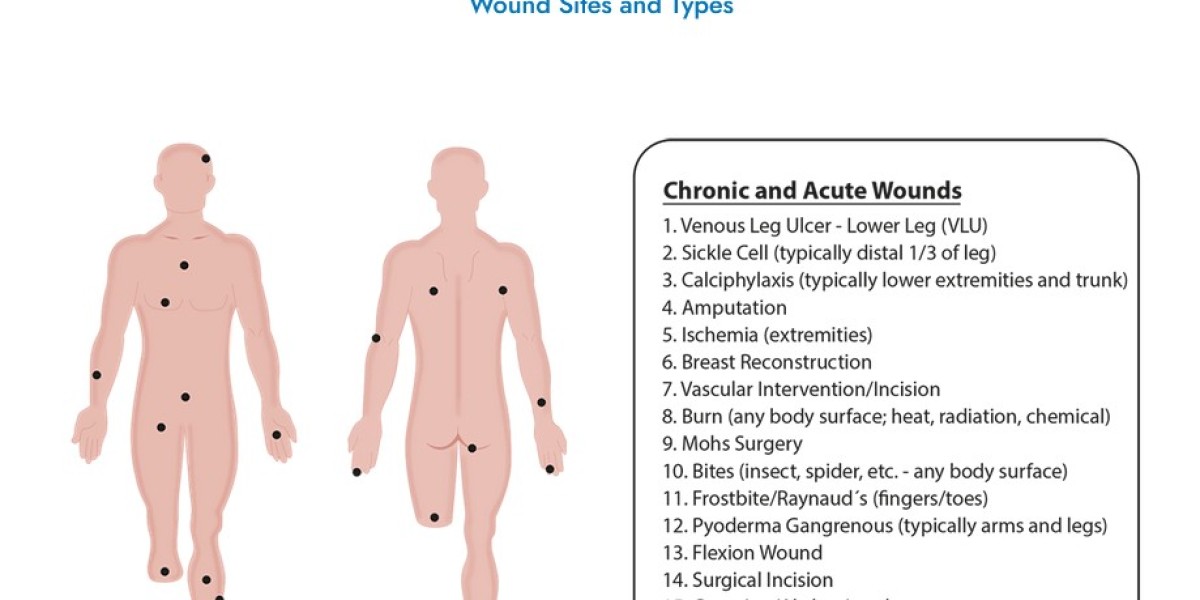Leg ulcers, persistent open wounds on the lower extremities, can arise from various underlying conditions such as venous insufficiency, arterial disease, diabetes, or prolonged immobility. These ulcers demand specialized care and a comprehensive approach to facilitate healing and prevent recurrence.
Understanding Leg Ulcers: Leg ulcers develop due to compromised circulation, leading to tissue damage and delayed wound healing. They often manifest as non-healing sores, exposing deeper layers of tissue and posing infection risks.
Identification and Diagnosis: Accurate diagnosis involves assessing the ulcer's characteristics, location, size, and surrounding tissue. Determining the underlying cause, whether venous, arterial, or related to other conditions, guides treatment strategies.
Treatment Approaches:
- Wound Bed Preparation: Cleaning the ulcer and managing tissue to create an environment conducive to healing is essential.
- Compression Therapy: For venous ulcers, graduated compression helps improve circulation and promote healing.
- Vascular Interventions: Arterial ulcers may require revascularization procedures to enhance blood flow.
- Wound Dressings and Care: Using appropriate dressings and managing infection risks are vital components of treatment.
- Offloading Pressure: Reducing pressure on the affected area aids in healing and prevents further damage.
Multidisciplinary Collaboration: Effective management involves collaboration among healthcare professionals including wound care specialists, vascular surgeons, nurses, and physical therapists. Their combined expertise ensures a holistic approach tailored to individual needs.
Preventive Measures and Long-Term Care: Preventing recurrence involves ongoing management of underlying conditions, lifestyle modifications, and patient education on proper wound care techniques. Regular monitoring and follow-ups help in preventing complications.
Patient Education and Empowerment: Educating individuals on preventive measures, warning signs of worsening ulcers, and the importance of adherence to treatment plans empowers them to actively participate in their care and promotes better outcomes.
Impact on Quality of Life: Leg ulcers can significantly affect an individual's mobility, emotional well-being, and overall quality of life. Addressing both the physical and psychological aspects is crucial for holistic care.
Research and Advancements: Continued research and technological advancements aim to improve treatment modalities, reduce healing times, and enhance outcomes for individuals affected by leg ulcers.







